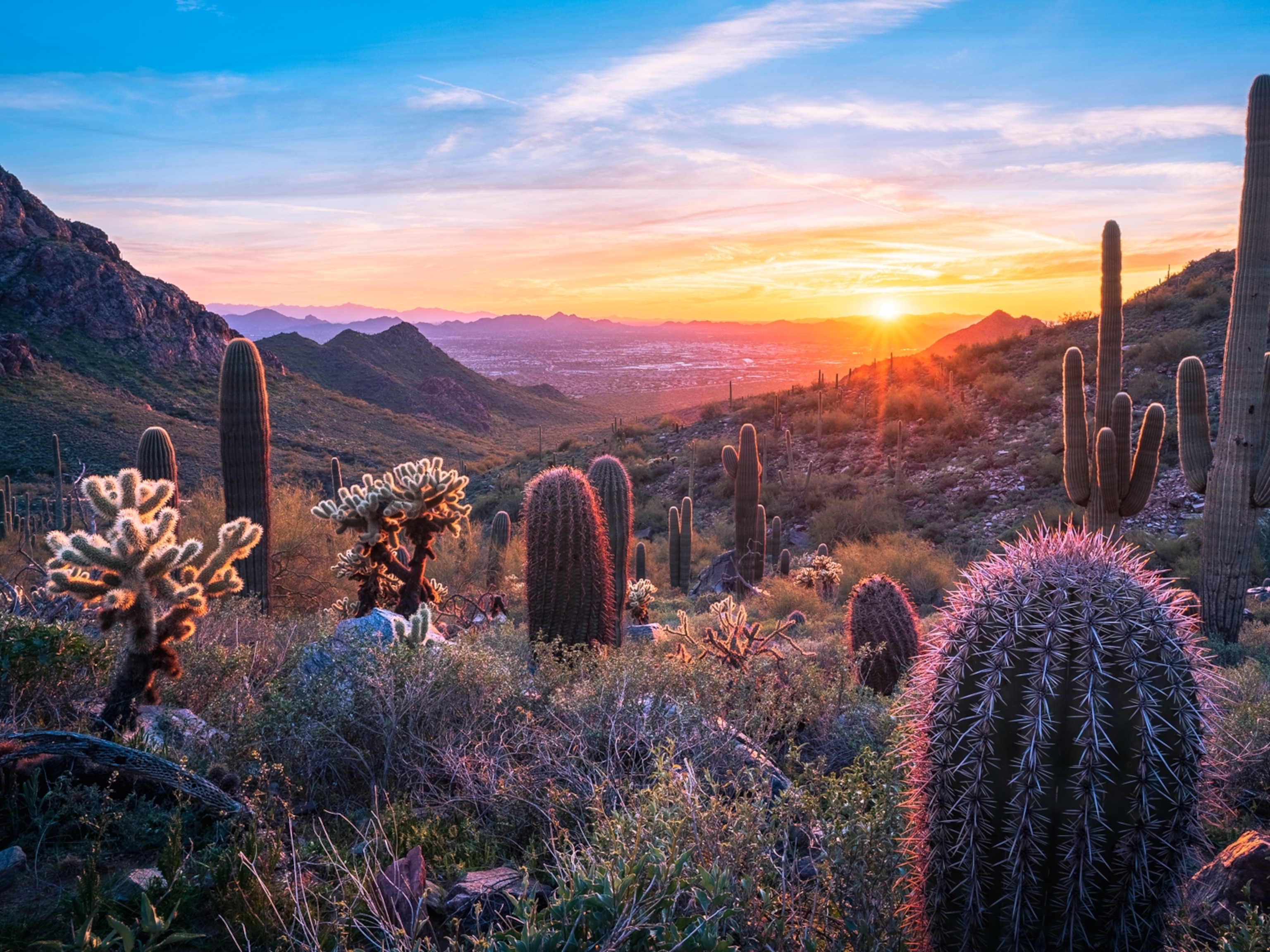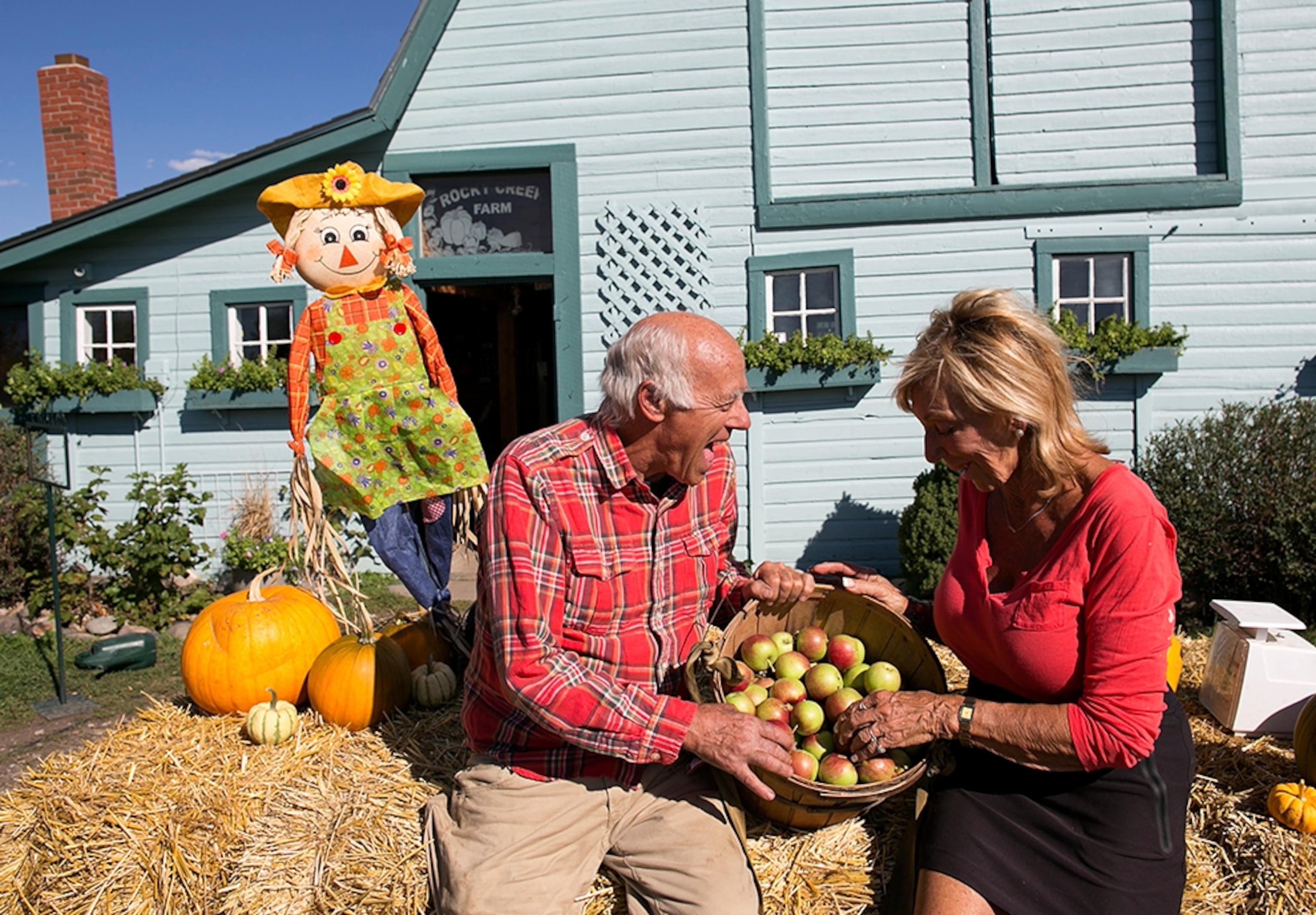
Best of Montana in Fall: Family Activities
Taking the kids on vacation to Montana? Check out our picks for the top things to do for families in Big Sky country.
Press Your Own Cider, Bozeman
When Pete Fay started Rocky Creek Farm in 1981, he knew it would take years for his apple trees to yield fruit. So he installed a cider press in the barn and invited locals to bring in apples from their yards. Today, Fay’s “U-pick” farm produces apples (and pumpkins) each fall, yet the tradition of “bring your own, make your own” cider continues.
“One tree can produce 33 gallons of cider, but you don’t have to have your own tree to press fresh cider,” says Fay. “Dump our apples in the hopper, and watch your juice flow into the tank and down into the bottles.” A five-gallon bucket of apples (McIntosh with other varieties tastes best) makes 1 to 2.5 gallons of cider (a half gallon of bring-your-own is $2.75; Rocky Creek Farm apples, $3.75). The press operates late August through Halloween, and early Saturday (opens 9 a.m.) typically has the shortest wait times.
Bring Oreos for another farm favorite activity: pig racing. “Our pigs love Oreos, so we set up a track and the pigs race to reach the cookies," Fay says. "We can do about five races until the pigs get full and ignore us.”
Play Paleontologist, Glendive
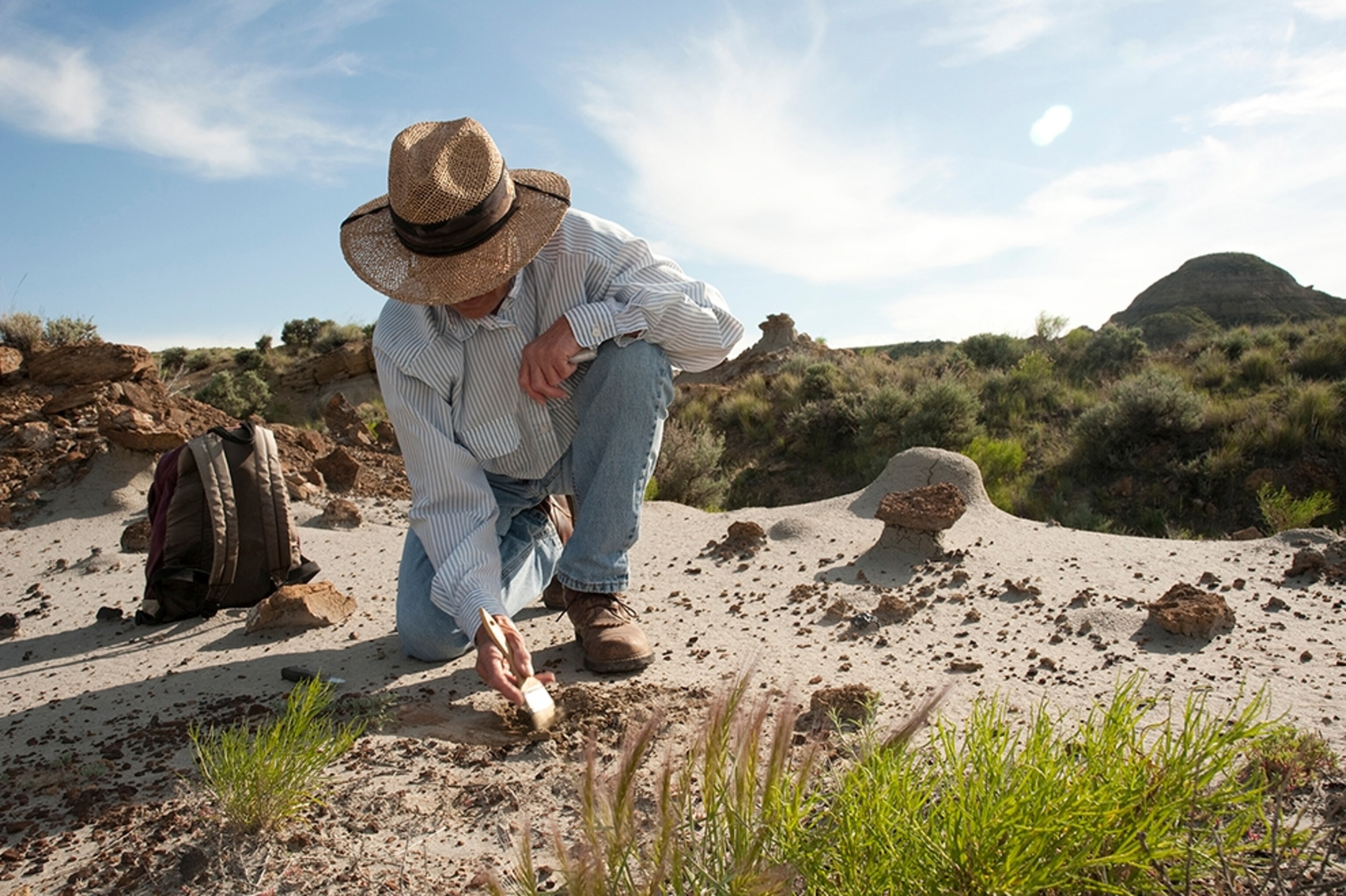
Montana’s original locals were the dinosaurs that last roamed the badlands and plains about 65 million years ago. Dinosaur fossils have been discovered on public and private land, including Shana Baisch’s ranch near Glendive. While collecting vertebrate fossils is illegal on public property, private landowners such as the Baisch family can play paleontologist on their own soil.
Since taking home an actual piece of a dinosaur is a rare thrill, the Baisches decided to open up their fossil-rich land for guided dinosaur hunts. “Our digs are more about hunting and only digging when you find a fossil beginning to be exposed,” Baisch says. “You will always find pieces of dinosaur fossil, turtle, and agatized wood, but for many people, the best part is just the experience of walking, climbing, or crawling to hunt for treasures in the beautiful rough badlands of the Hell Creek Formation.”
Fossil finds on the ranch have included Edmontosaurus, alligator, crocodile, Triceratops, and Tyrannosaurus rex, and most treasures (certain restrictions apply) can be taken home. Baisch’s Dinosaur Digs typically can be scheduled (reservations required) through mid-October or until the ground freezes.
Hear and See Bull Elks Bugling, Charles M. Russell National Wildlife Refuge
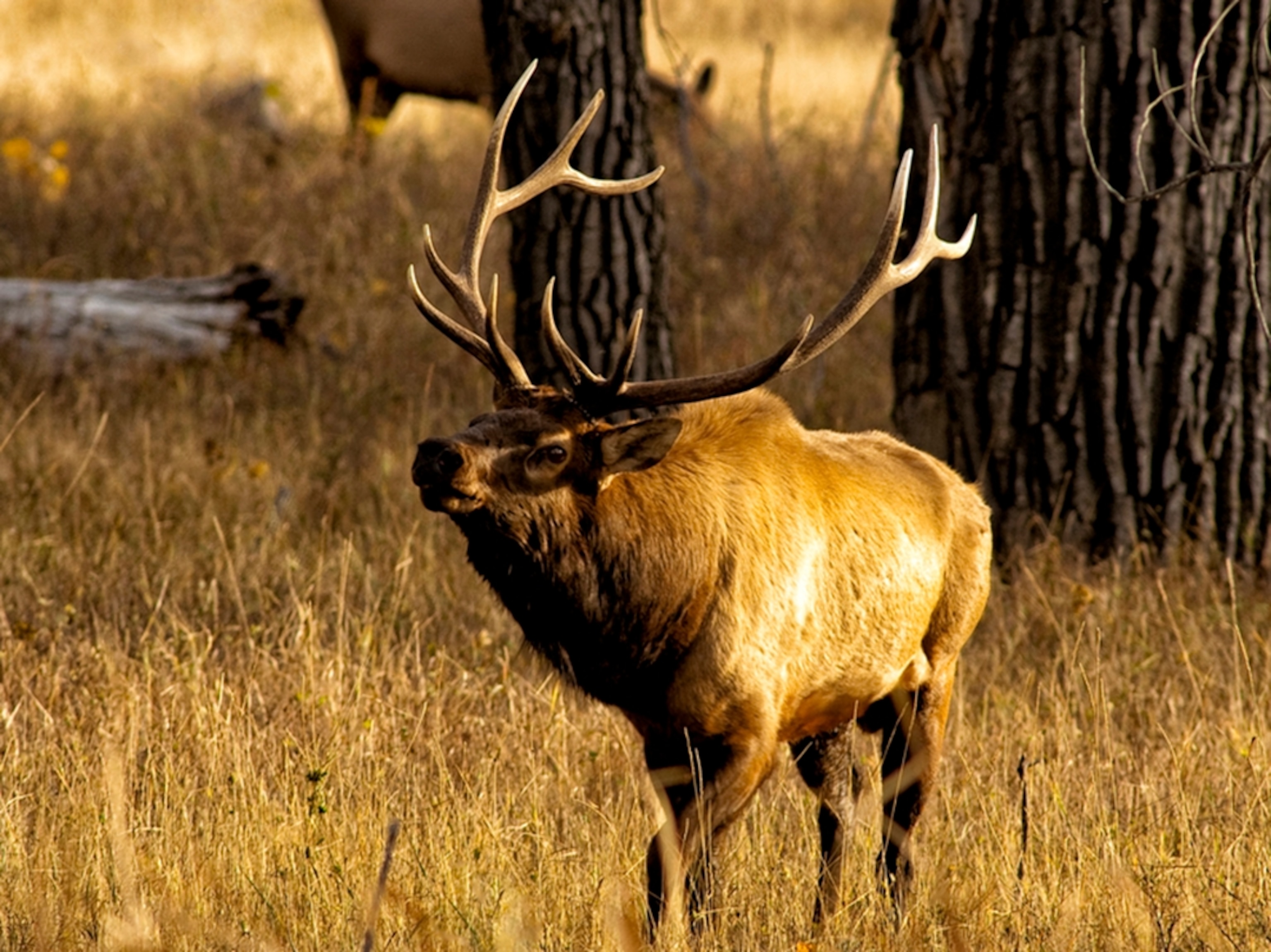
Elk inhabit the Charles M. Russell National Wildlife Refuge year-round, but that doesn’t guarantee you’ll see any of the majestic creatures when you visit. If observing an elk in the wild is on your Montana must-do list, then the autumn rut (beginning of breeding season) is the time to go.
During the September and October rut, large numbers of elk congregate near the Slippery Ann Wildlife Viewing Area, creating the rare opportunity to easily view both bull and cow elk gathered together, says U.S. Fish and Wildlife Service biological technician Mary Jo Hill. Getting to the viewing area requires a two-hour drive along an all-gravel road.
The payoff, particularly near dawn or dusk, is the chance to witness a multisensory, natural spectacle. “You may hear the high-pitched bugle of the bulls—unlike no other sound in the Missouri River Breaks—before actually seeing them in action,” Hill says.
- National Geographic Expeditions
The largest bulls strut their stuff—bugling, grunting, and thrashing and locking antlers—to impress the cows, who get to pick which harem they’ll join. The loudest buglers with the biggest antlers are considered the best providers, helping them attract the most ladies.
Discover a “Hidden Lake,” Beaverhead-Deerlodge National Forest
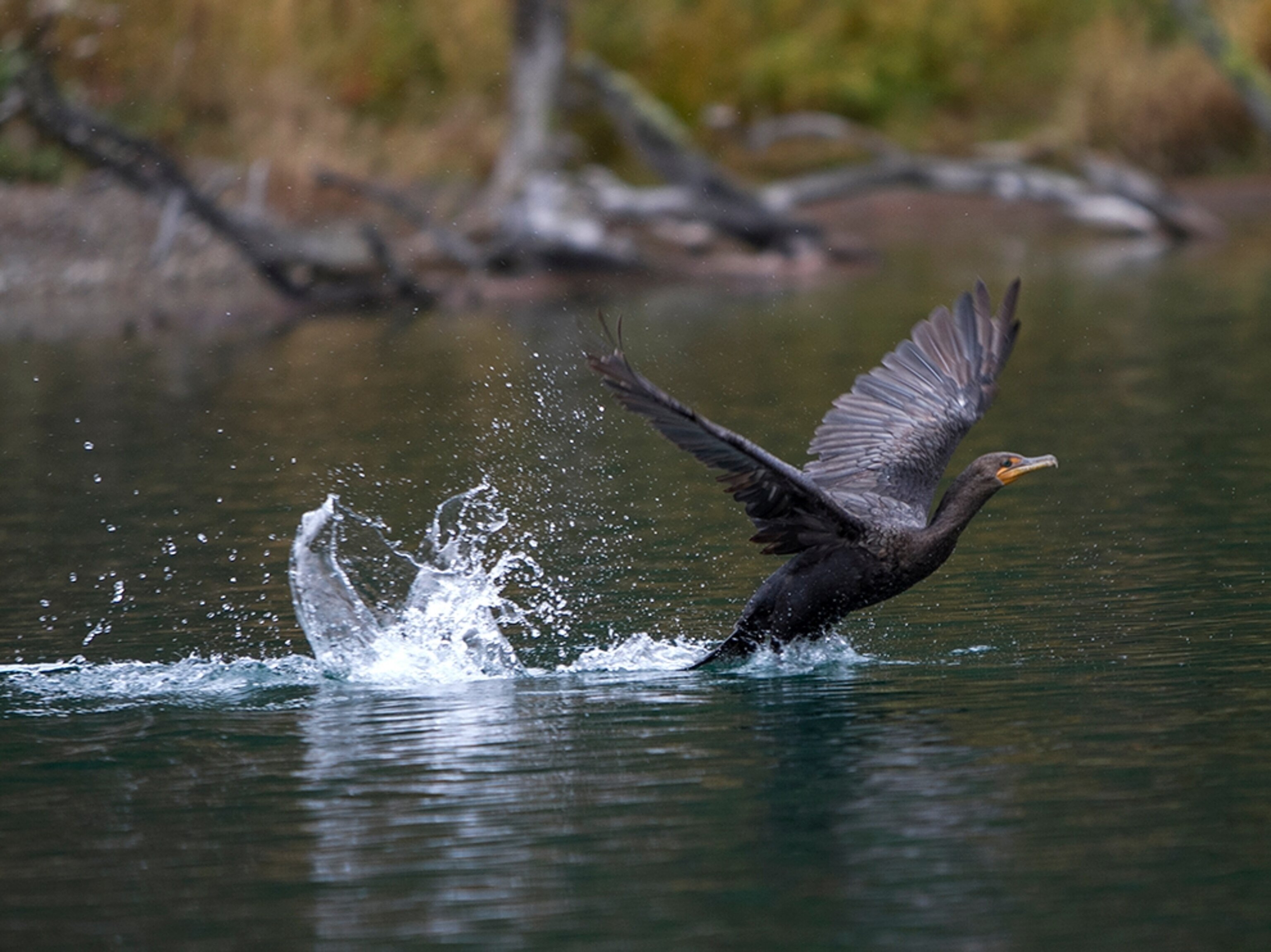
With its crystal clear blue-green water, Wade Lake looks like it belongs in the Caribbean, not roughly 30 miles from the west entrance to Yellowstone. The lake is part of the Beaverhead-Deerlodge National Forest’s Hidden Lake chain, and the five Wade Lake Cabins and the nearby 30-site Wade Lake Forest Campground are the only lodgings around.
Although the place gets packed in summer, in the weeks immediately following Labor Day the families go home and the wildlife and stars come out. “In September, you’re more likely to see a moose hanging out, otters playing in the lake, and shooting stars overhead when you sit around the campfire,” says Dave Schmidt, who owns and operates the cabins and operates the Forest Service campground with his wife, Laurie. “Plus, the days are so short, you can drive up to the top of the hill at sunset and see the northern lights.”
The cabins typically close by the end of October and water to the campground is shut off on October 1. The Schmidts also rent canoes, kayaks, stand-up paddleboards, and four-stroke motorboats with clean, quiet motors. “Our fall visitors come for the peace and quiet,” Schmidt says. “It’s a special time to be up here.”



